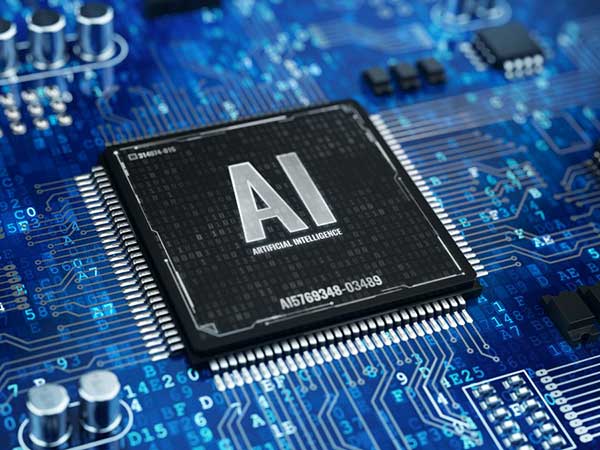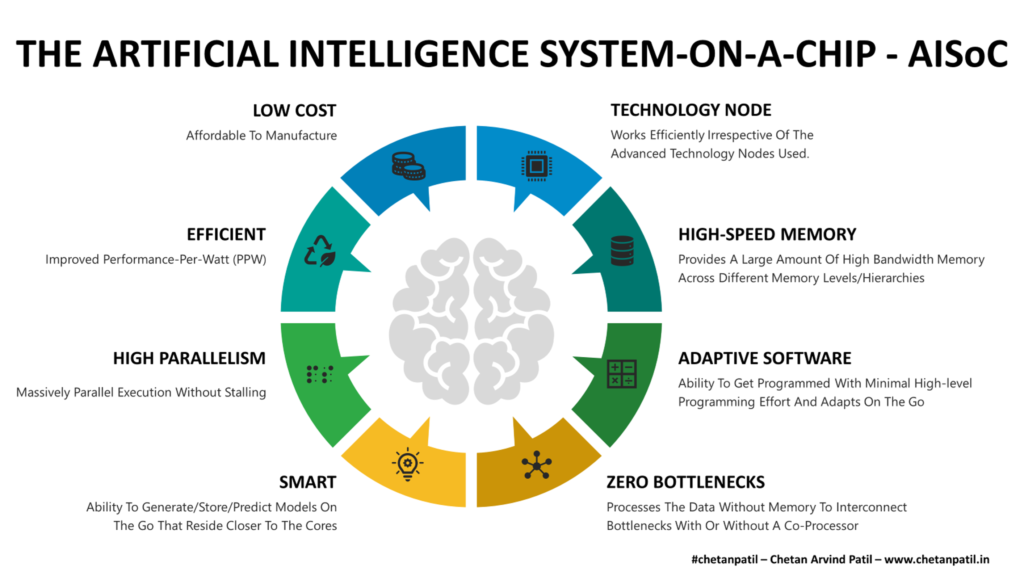Free Courses Sale ends Soon, Get It Now


Free Courses Sale ends Soon, Get It Now



Disclaimer: Copyright infringement not intended.
Context
Chip
What are AI chips?
How are they different from traditional chips?

https://epaper.thehindu.com/Home/ShareArticle?OrgId=GRK9RFEQF.1&imageview=0
Telegram channel link - https://t.me/+
© 2024 iasgyan. All right reserved